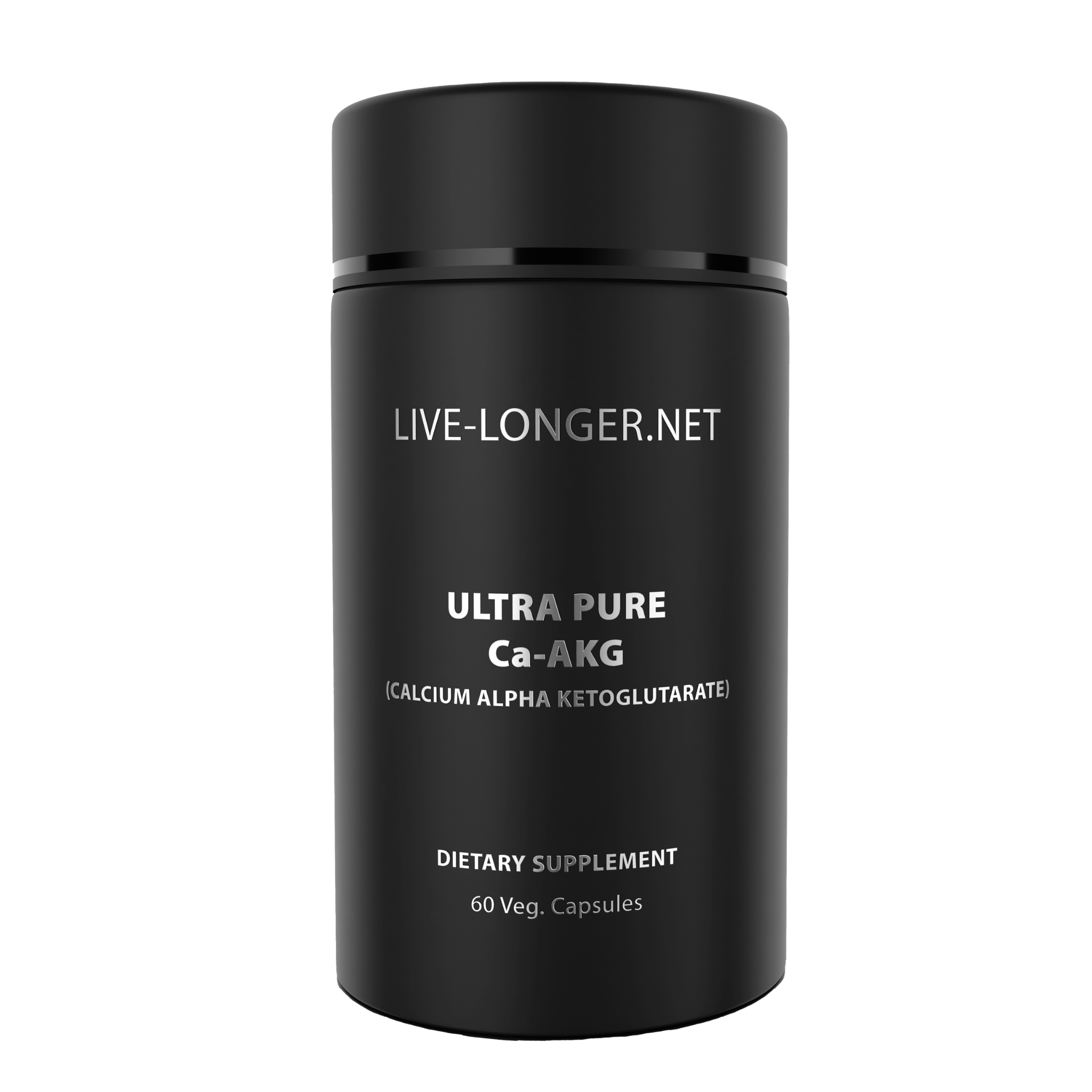In the ever-evolving world of health and wellness, intermittent fasting has emerged as a buzzworthy trend. But what exactly is it? Imagine having the freedom to enjoy your favorite meals while still reaping incredible health benefits. That sounds too good to be true, right? Well, that’s the magic of intermittent fasting.
Intermittent fasting isn’t about what you eat but when you eat. This eating pattern alternates between periods of eating and fasting, making it easier for many to manage their dietary habits. Unlike other diets that require meticulous counting of calories or banning certain food groups, intermittent fasting offers flexibility and simplicity.
Why has it become so popular? Perhaps it’s because of the promising health benefits, from weight loss to improved mental clarity. Or maybe people are just thrilled by the idea of skipping breakfast without feeling guilty.
Whether you're a seasoned health enthusiast or someone looking to kickstart a healthier lifestyle, this guide to intermittent fasting will help you unlock your health potential in a fun and friendly way. So grab a cup of coffee—unless you’re fasting, of course—and let’s dive in!
What is Intermittent Fasting?
Intermittent fasting, or IF, is more than just a diet; it’s a lifestyle.
At its core, intermittent fasting is about timing your meals to maximize health benefits. Rather than focusing on calorie restriction, intermittent fasting involves cycling between periods of eating and fasting (1). It’s like giving your body a scheduled break from the kitchen.
There are several popular methods of intermittent fasting. One of the most common is the 16/8 method, where you fast for 16 hours and eat during an 8-hour window. This could mean finishing your dinner by 8 PM and not eating again until noon the next day.
Another method is the 5:2 diet, where you eat normally for five days a week and significantly reduce your calorie intake on the other two days. Then there’s Eat-Stop-Eat, which involves fasting for 24 hours once or twice a week.
Each method has its own set of benefits, and the best part is that you can choose the one that fits your lifestyle the best.
How Intermittent Fasting Works?
Let’s discuss some science now—don’t worry, I promise to keep it interesting!
When you eat, your body spends several hours processing and burning what you’ve consumed. During this fed state, insulin levels are high, making it difficult for your body to burn fat because it’s busy dealing with the glucose from your food (3).
When you enter a fasting state, typically 12 hours after your last meal, your insulin levels drop significantly. This signals your body to start burning stored fat for energy, a process known as lipolysis (4). It’s like switching your car from regular gas to an eco-friendly mode, where you start using your reserves more efficiently.
But wait, there’s more! Intermittent fasting also promotes a process called autophagy. Think of autophagy as your body’s internal recycling system (5). During fasting, your cells begin to clean out damaged components and regenerate new, healthy cells. It’s like a spring cleaning for your body—out with the old, in with the new.
Additionally, intermittent fasting can boost your metabolism. Studies have shown that short-term fasting can increase your metabolic rate by 3.6-14%, helping you burn more calories even when you’re not working out (6). And let’s not forget the brain benefits—fasting increases the production of a protein called brain-derived neurotrophic factor (BDNF), which supports brain health and cognitive function (7).
Health Benefits of Intermittent Fasting
If you’ve ever dreamed of finding a magic pill to help you lose weight, boost your metabolism, and even make you smarter, intermittent fasting might be the next best thing. Let’s break down the health benefits of this powerful practice.
Weight Loss
One of the most celebrated benefits of intermittent fasting is its ability to aid in weight loss. By restricting the eating window, you naturally consume fewer calories without the need for meticulous counting or restrictive dieting. Plus, the increased metabolic rate during fasting periods means you burn more calories overall (8).
Improved Metabolism
Fasting can enhance hormone function to facilitate weight loss. Lower insulin levels, higher growth hormone levels, and increased amounts of norepinephrine (noradrenaline) all boost the breakdown of body fat and facilitate its use for energy (9). So, not only are you consuming fewer calories, but your body is also becoming more efficient at burning fat. Double win!
Reduced Inflammation
Chronic inflammation is at the root of many modern diseases. Intermittent fasting has been shown to reduce markers of inflammation, thereby lowering the risk of chronic diseases like heart disease, type 2 diabetes, and even some cancers (10). Think of fasting as giving your body a break from the constant barrage of inflammatory foods and lifestyle factors.
Brain Health
Here’s where things get really interesting. Intermittent fasting doesn’t just benefit your body—it’s great for your brain, too. Fasting increases the production of BDNF, which supports brain health and function (7).
It also reduces oxidative stress and inflammation, both of which are linked to cognitive decline and neurological diseases. So, fasting might just help you stay sharp and focused (7).
In short, intermittent fasting isn’t just a diet—it’s a holistic approach to health that can transform your body and mind. And the best part? You don’t need a doctor’s prescription, just a bit of willpower and some scheduling tweaks.
Tips for Getting Started
Here’s your guide to getting started with intermittent fasting.
Choosing a Method
The first step is to select an intermittent fasting method that fits your lifestyle. The 16/8 method is popular for beginners, as it’s relatively easy to follow—fast for 16 hours and eat within an 8-hour window.
Alternatively, you might prefer the 5:2 method, where you eat normally for five days and significantly reduce your calorie intake on two non-consecutive days.
Find a method that aligns with your daily routine and preferences.
Starting Slowly
Jumping straight into a full fasting regimen can be overwhelming. Start by gradually increasing your fasting window. For instance, begin with a 12-hour fast and slowly extend it as your body adapts. This gradual approach helps minimize discomfort and makes the transition smoother.
Staying Hydrated
Hydration is crucial during fasting periods. Drink plenty of water, herbal teas, or black coffee to stay hydrated and help manage hunger. Proper hydration can also prevent headaches and fatigue.
Balanced Diet
What you eat during your eating window matters!
Focus on a balanced diet rich in whole foods, including fruits, vegetables, lean proteins, and healthy fats. Avoid binge eating or consuming high-sugar, high-fat foods, as these can negate the benefits of fasting.
Starting intermittent fasting is like starting a new workout routine—it takes time for your body to adjust, but once it does, the benefits are well worth the effort. Stick with it, and you’ll likely find that intermittent fasting becomes a natural part of your daily life.
Common Myths About Intermittent Fasting
Intermittent fasting has gained popularity, but several myths and misconceptions come with its rise. Let’s bust some of the most common myths about intermittent fasting.
Myth 1: Fasting Causes Muscle Loss
One common concern is that fasting leads to muscle loss. However, studies show that short-term fasting increases growth hormone levels, which helps preserve muscle mass (11). As long as you maintain a proper protein intake during your eating windows, your muscles should stay strong and healthy.
Myth 2: You Can Eat Whatever You Want During Eating Windows
While intermittent fasting provides flexibility, indulging in unhealthy foods is not a free pass. The quality of your diet still matters. Eating nutrient-dense foods will enhance the benefits of fasting and support overall health.
Myth 3: Fasting Slows Your Metabolism
Contrary to this belief, intermittent fasting can actually boost your metabolism. Short-term fasting increases levels of norepinephrine, a hormone that boosts fat burning. Plus, intermittent fasting has been shown to increase metabolic rate by up to 14% (6).
The Bottom Line
Intermittent fasting is more than just a trend; it’s a powerful tool that can help you unlock your health potential. By understanding what intermittent fasting is, how it works, and the science behind it, you can make an informed decision about whether it’s right for you.
We’ve explored the various methods of intermittent fasting, from the popular 16/8 method to the more flexible 5:2 diet. We’ve delved into the numerous health benefits, including weight loss, improved metabolism, reduced inflammation, and enhanced brain health. But we’ve also highlighted the potential risks and the importance of consulting a healthcare provider before starting.
Getting started with intermittent fasting is easier than you might think. Choose a method that suits your lifestyle, start slowly, stay hydrated, and focus on a balanced diet. And don’t let the myths and misconceptions deter you—intermittent fasting is backed by science and offers a holistic approach to better health.
So, whether you’re looking to lose weight, boost your brainpower, or simply adopt a healthier lifestyle, intermittent fasting could be the key to unlocking your health potential.
Ready to give it a try?
References
- Soliman GA. Intermittent Fasting and time-restricted Eating Role in Dietary Interventions and Precision Nutrition. Frontiers in Public Health [Internet]. 2022 Oct 28;10. Available from: https://www.ncbi.nlm.nih.gov/pmc/articles/PMC9650338/
- Link R. 16/8 Intermittent Fasting: A Beginner’s Guide [Internet]. Healthline. Healthline Media; 2018. Available from: https://www.healthline.com/nutrition/16-8-intermittent-fasting
- Ludwig DS, Ebbeling CB. The Carbohydrate-Insulin Model of Obesity. JAMA Internal Medicine [Internet]. 2018 Aug 1;178(8):1098. Available from: https://doi.org/10.1001%2Fjamainternmed.2018.2933
- Casale J, Huecker MR. Fasting [Internet]. PubMed. Treasure Island (FL): StatPearls Publishing; 2020. Available from: https://www.ncbi.nlm.nih.gov/books/NBK534877/
- Shabkhizan R, Haiaty S, Moslehian MS, Bazmani A, Sadeghsoltani F, Saghaei Bagheri H, et al. The Beneficial and Adverse Effects of Autophagic Response to Caloric Restriction and Fasting. Advances in Nutrition [Internet]. 2023 Jul 30;14(5):1211–25. Available from: https://www.ncbi.nlm.nih.gov/pmc/articles/PMC10509423/
- Smith M, Lewis K, Dufrene D, Blue. The Effects of Intermittent Fasting on Students at Blue Mountain College [Internet]. Available from: https://bmc.edu/utilities/file_library/files/academics/Intermittent%20Fasting%20on%20Students%20at%20BMC.pdf
- Bathina S, Das UN. Brain-derived neurotrophic factor and its clinical implications. Archives of Medical Science [Internet]. 2015;11(6):1164–78. Available from: https://doi.org/10.5114/aoms.2015.56342
- Welton S, Minty R, O’Driscoll T, Willms H, Poirier D, Madden S, et al. Intermittent fasting and weight loss. Canadian Family Physician [Internet]. 2020 Feb 1;66(2):117–25. Available from: https://www.ncbi.nlm.nih.gov/pmc/articles/PMC7021351/
- Wang Y, Wu R. The Effect of Fasting on Human Metabolism and Psychological Health. Xu Y, editor. Disease Markers [Internet]. 2022 Jan 5;2022:1–7. Available from: https://www.ncbi.nlm.nih.gov/pmc/articles/PMC8754590/
- Song DK, Kim YW. Beneficial effects of intermittent fasting: a narrative review. Journal of Yeungnam Medical Science [Internet]. 2022 Apr 4;40(1). Available from: https://www.ncbi.nlm.nih.gov/pmc/articles/PMC9946909/
- Ho KY, Veldhuis JD, Johnson ML, Furlanetto R, Evans WS, Alberti KG, et al. Fasting enhances growth hormone secretion and amplifies the complex rhythms of growth hormone secretion in man. Journal of Clinical Investigation [Internet]. 1988 Apr 1;81(4):968–75. Available from: https://www.ncbi.nlm.nih.gov/pmc/articles/PMC329619/









